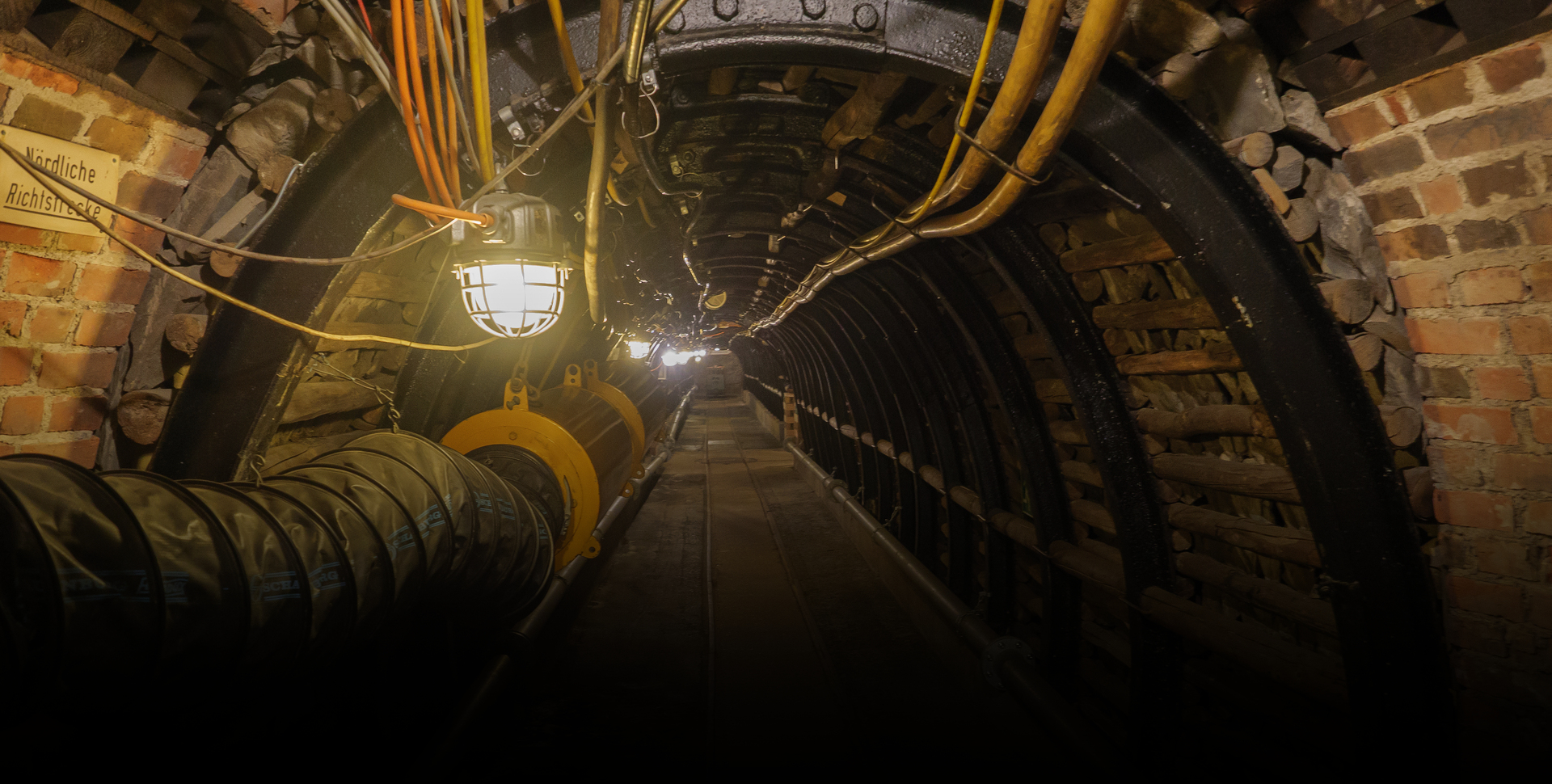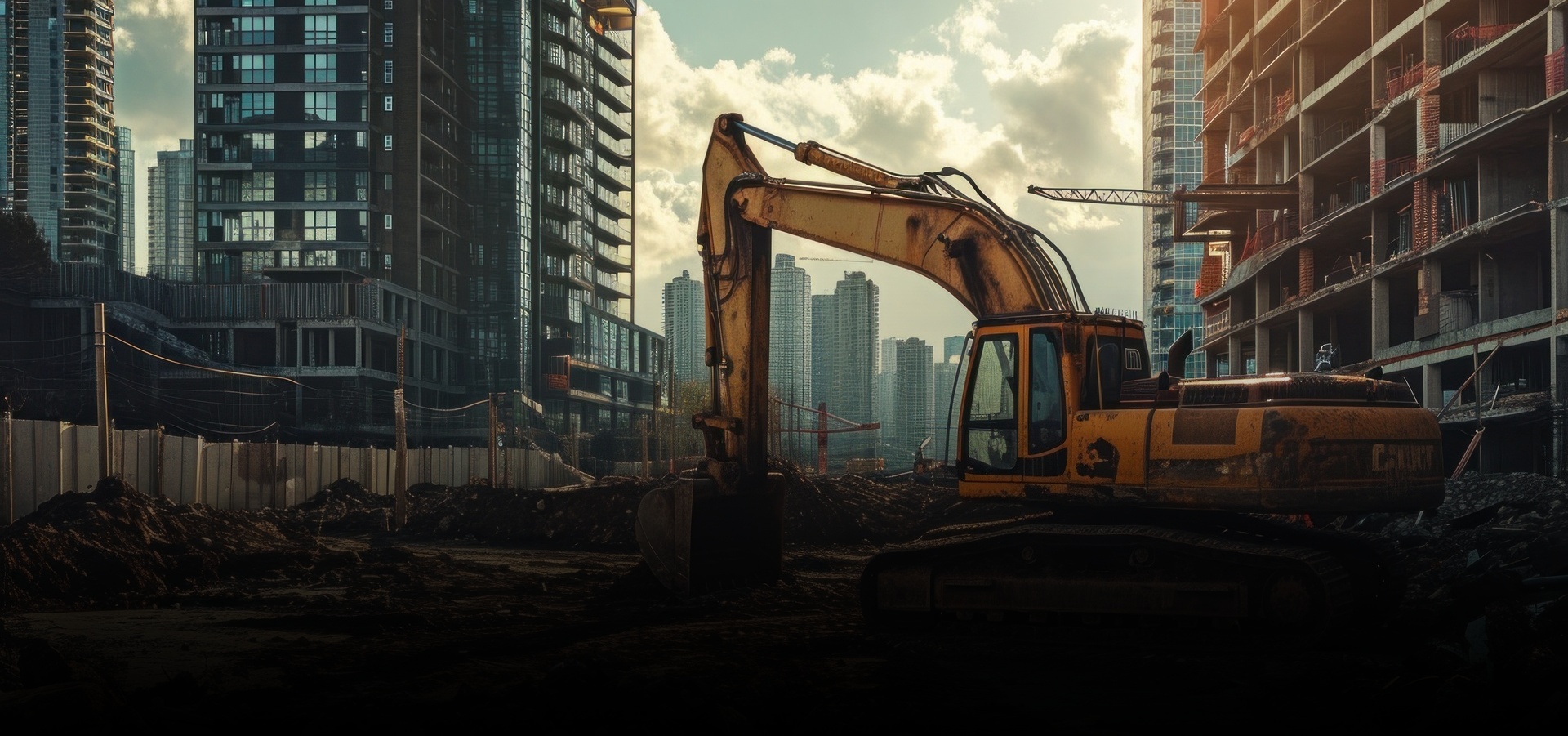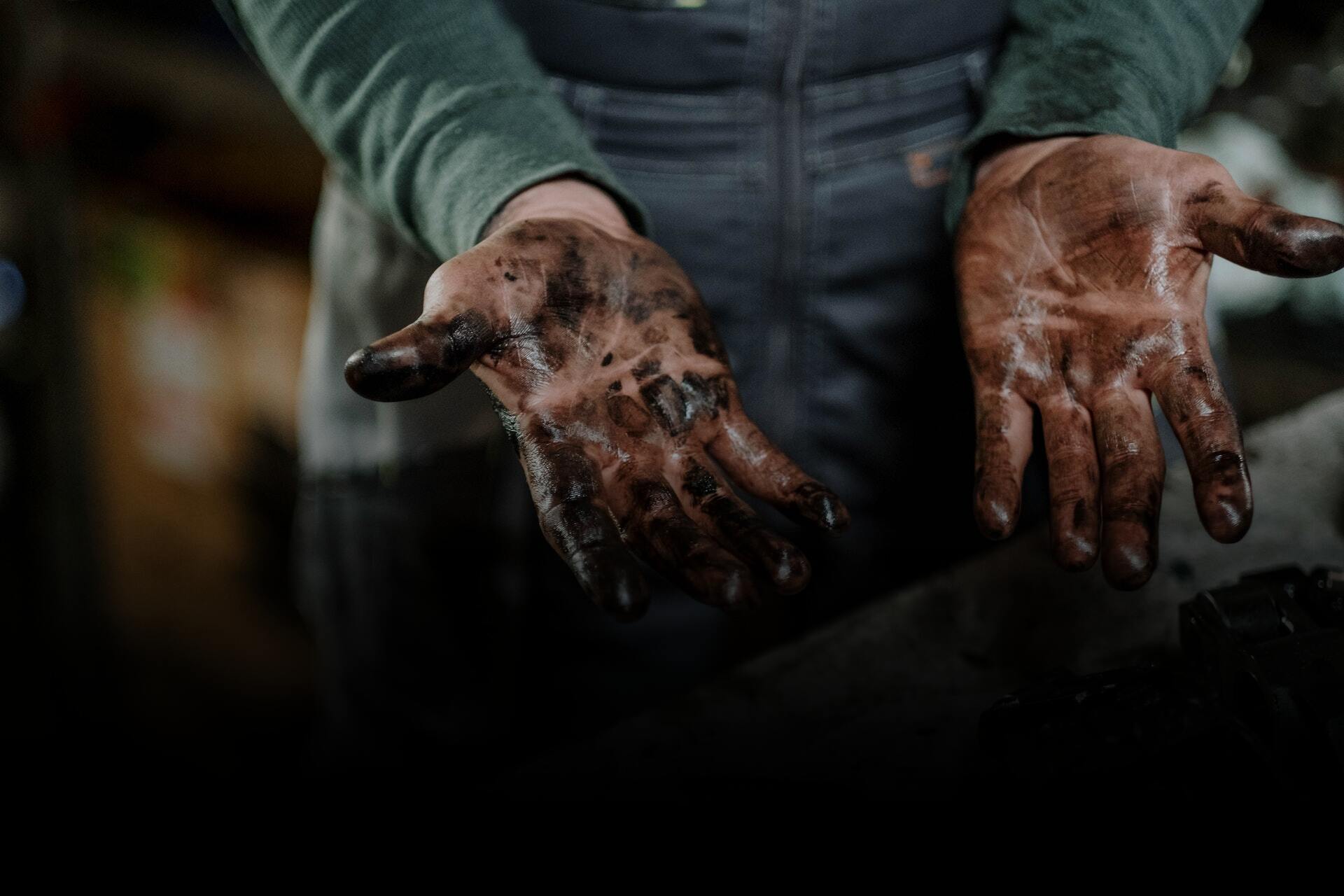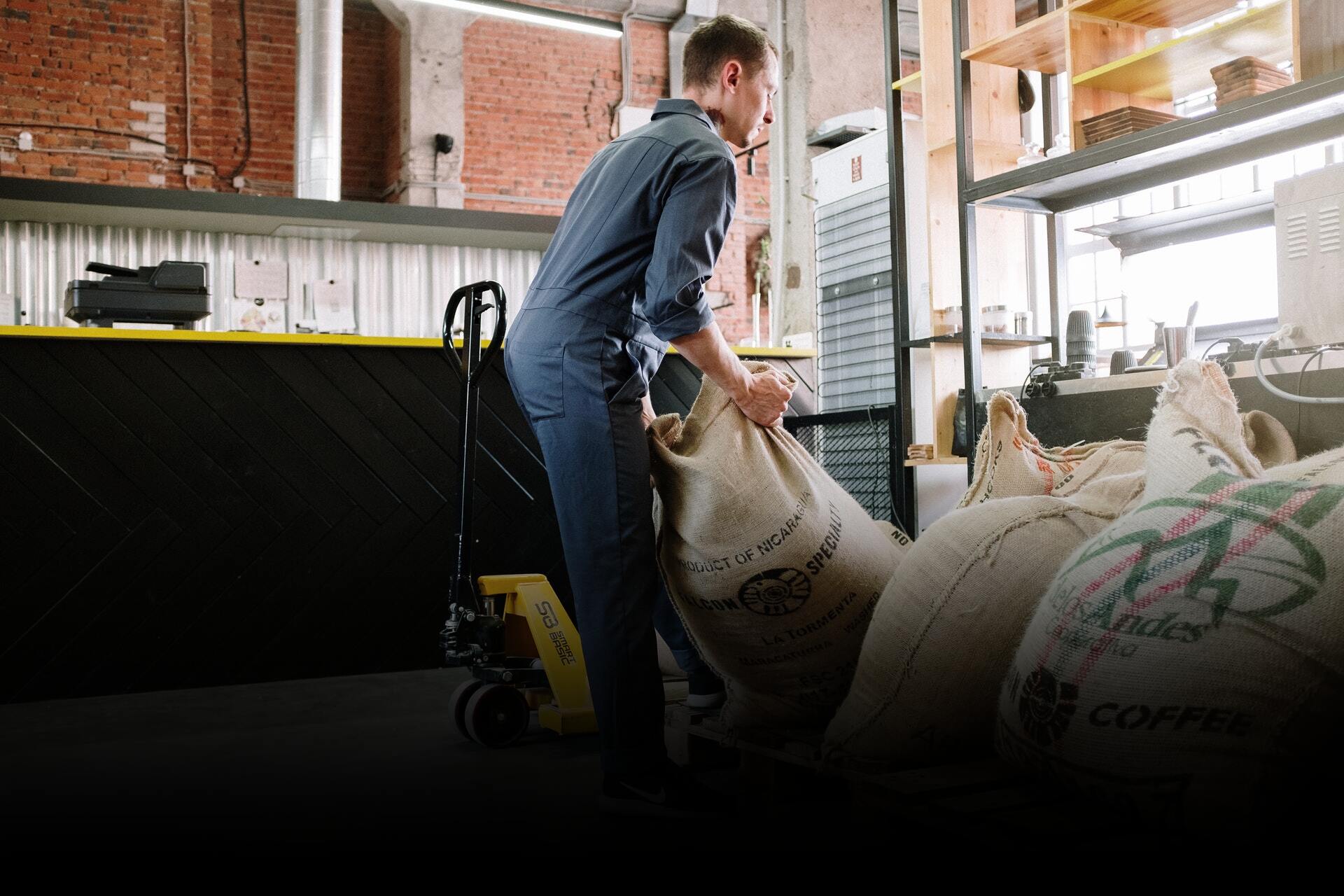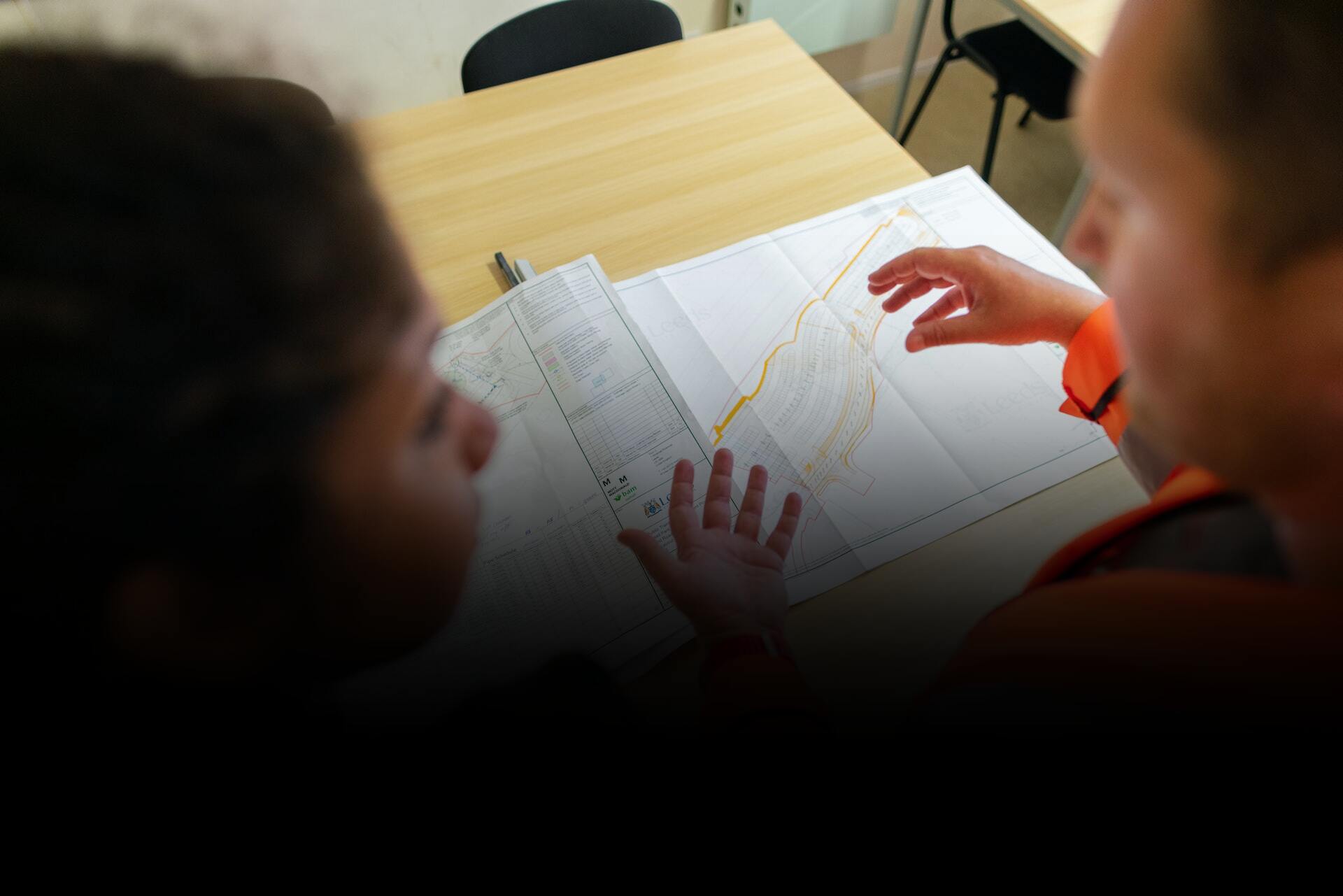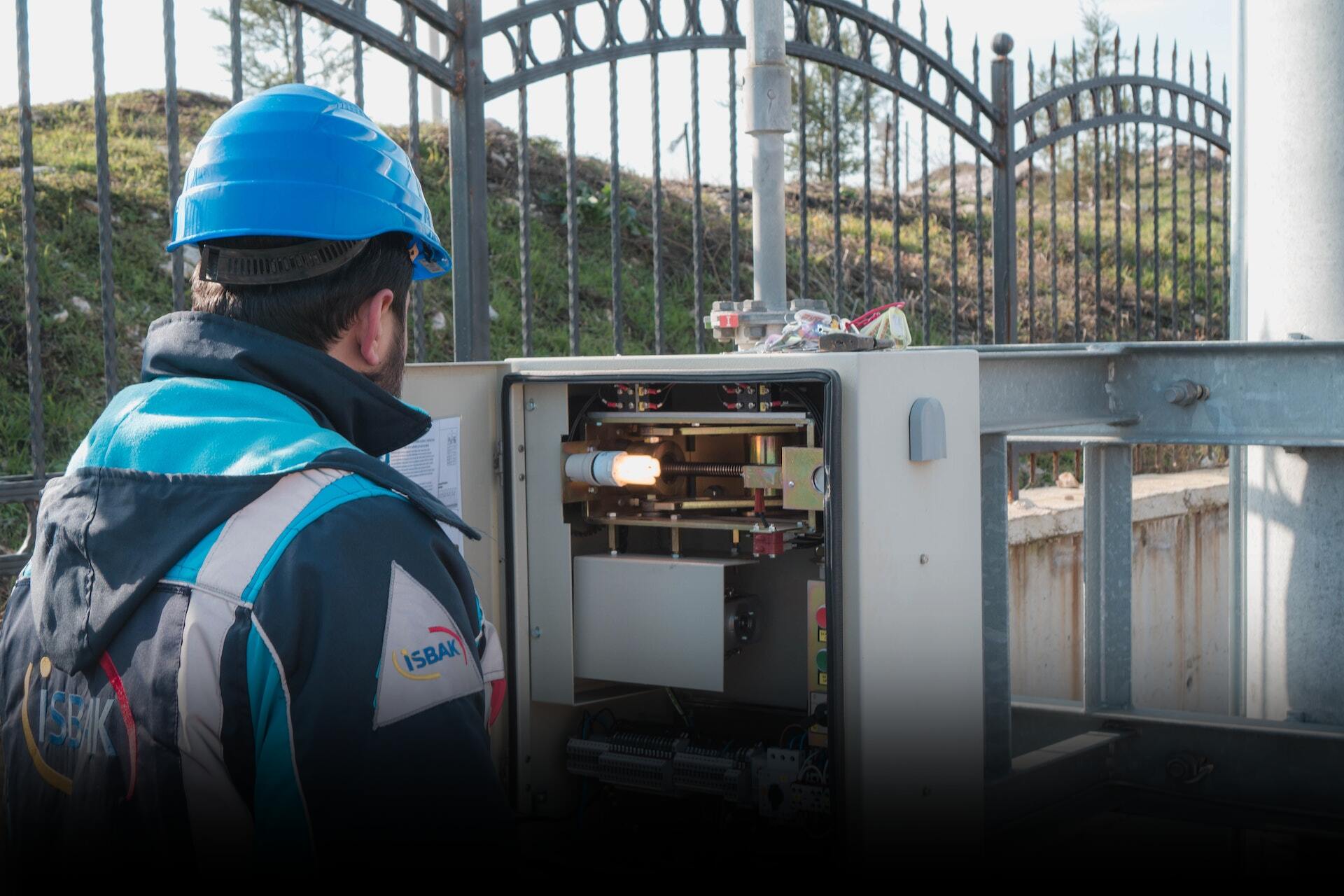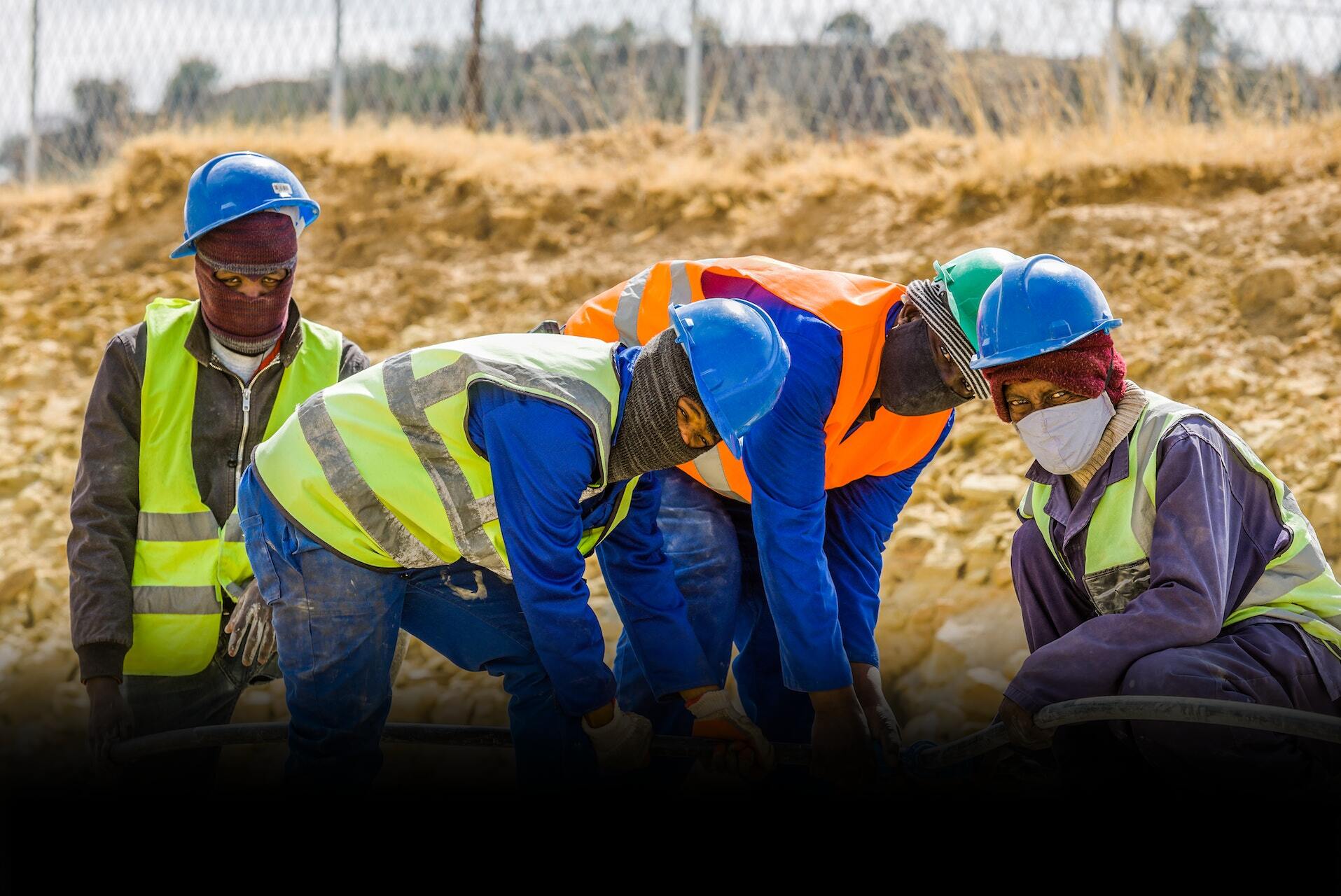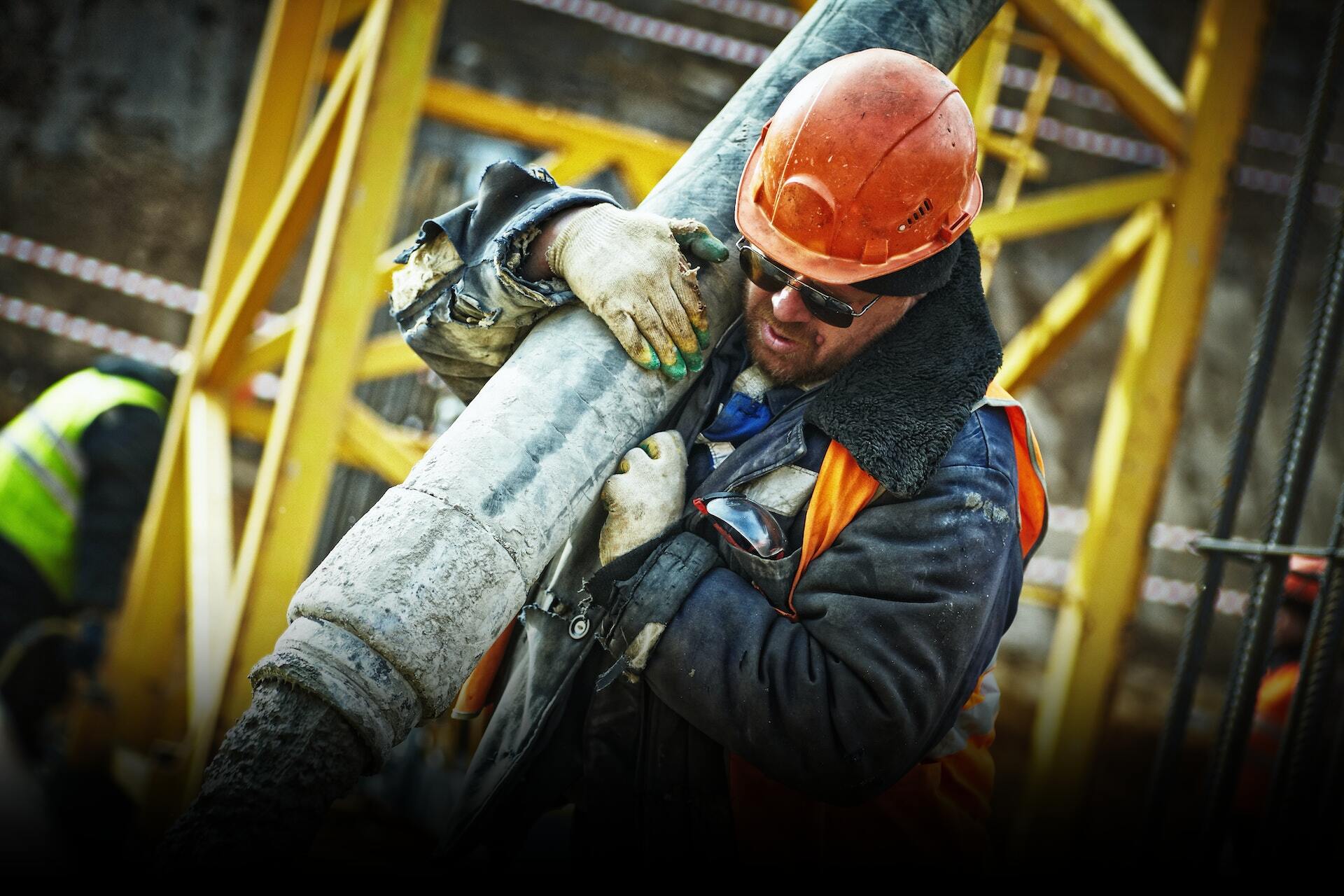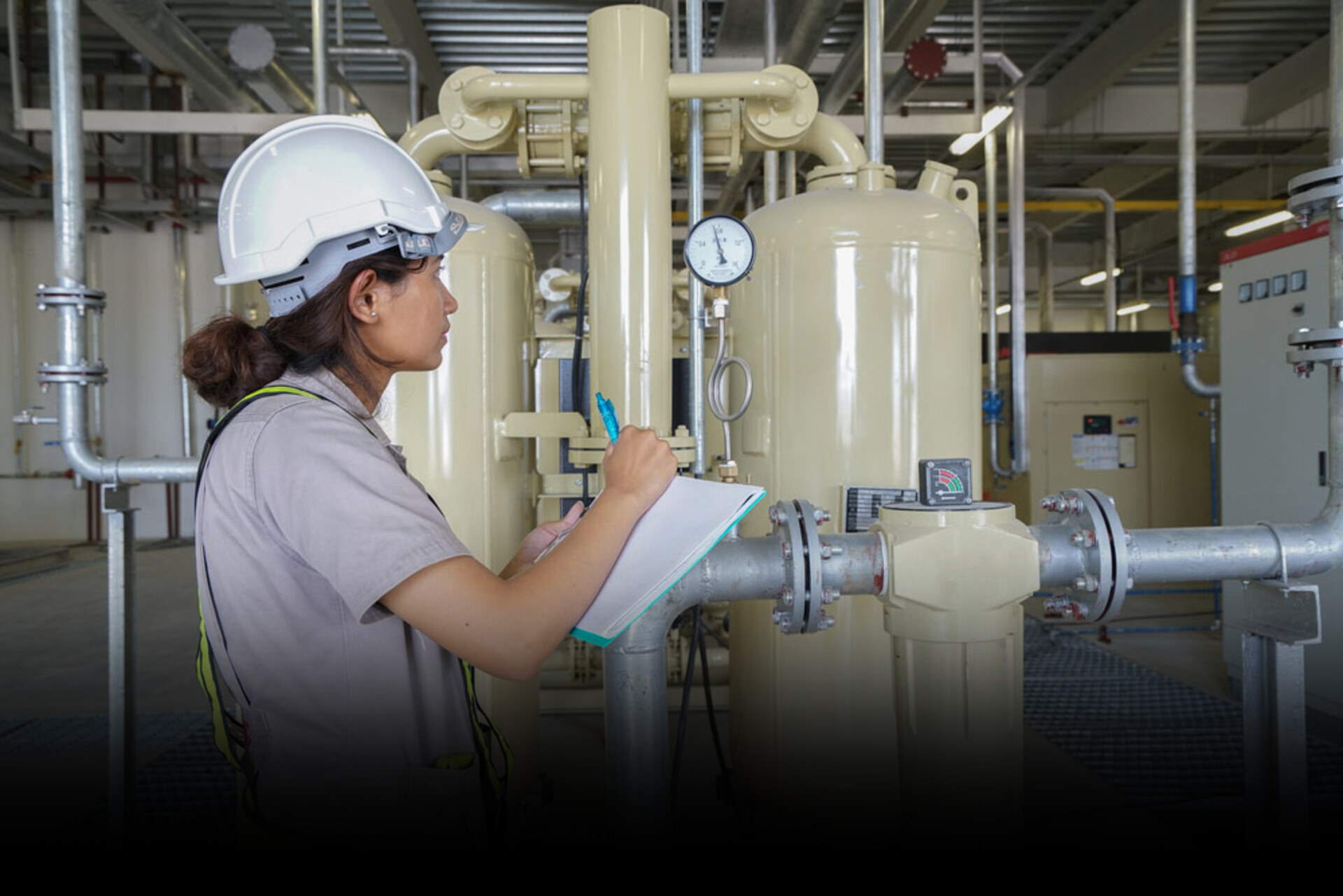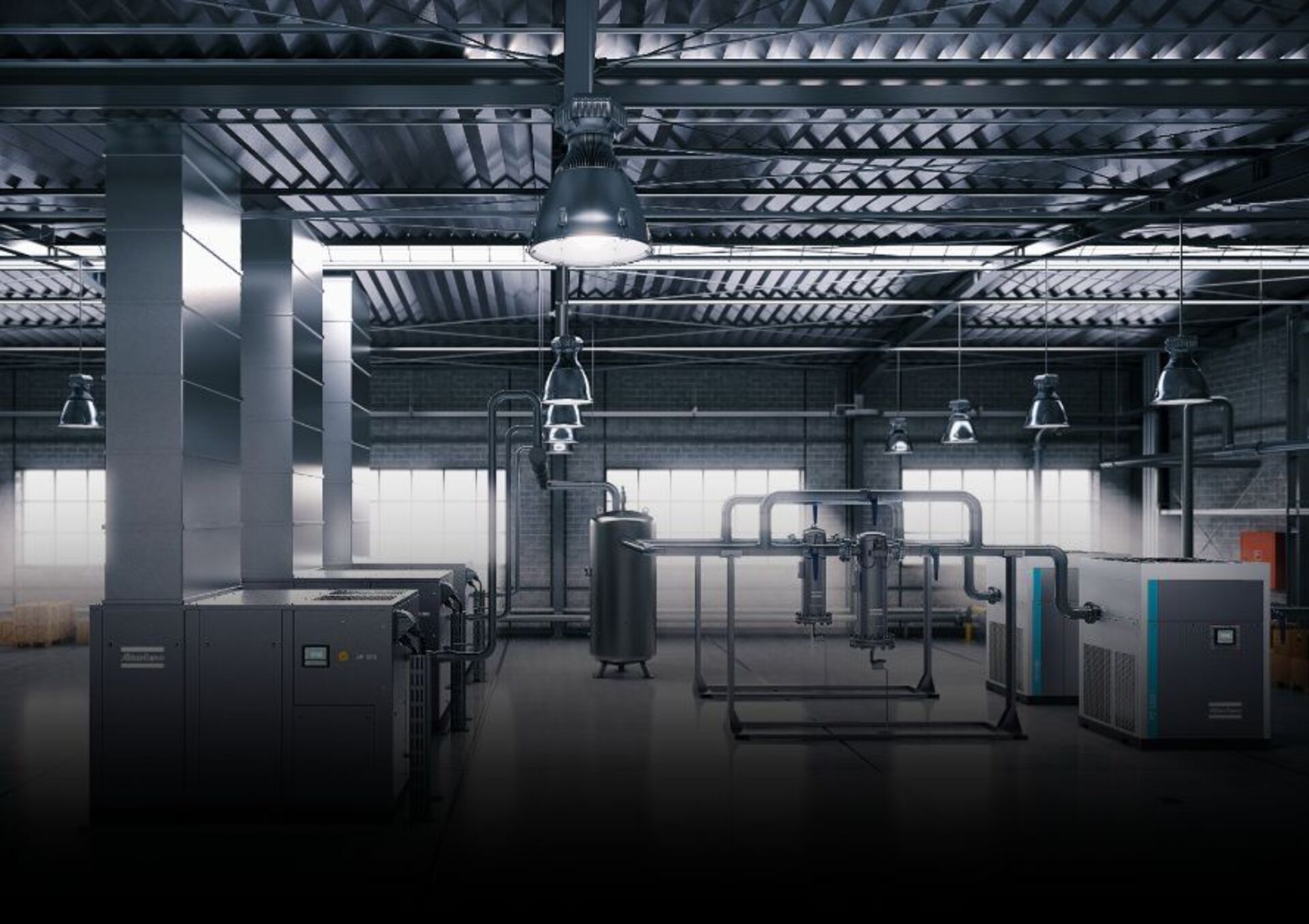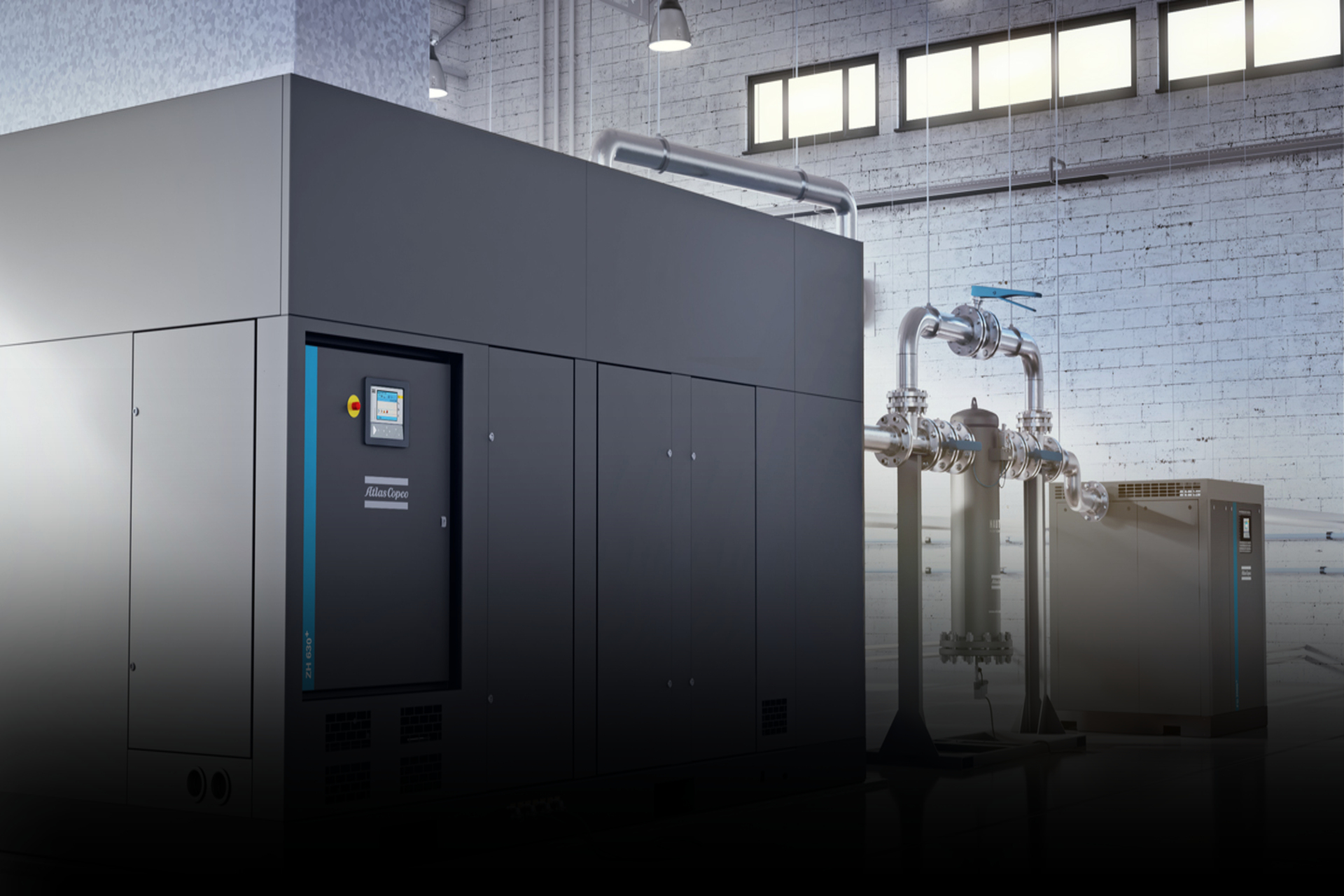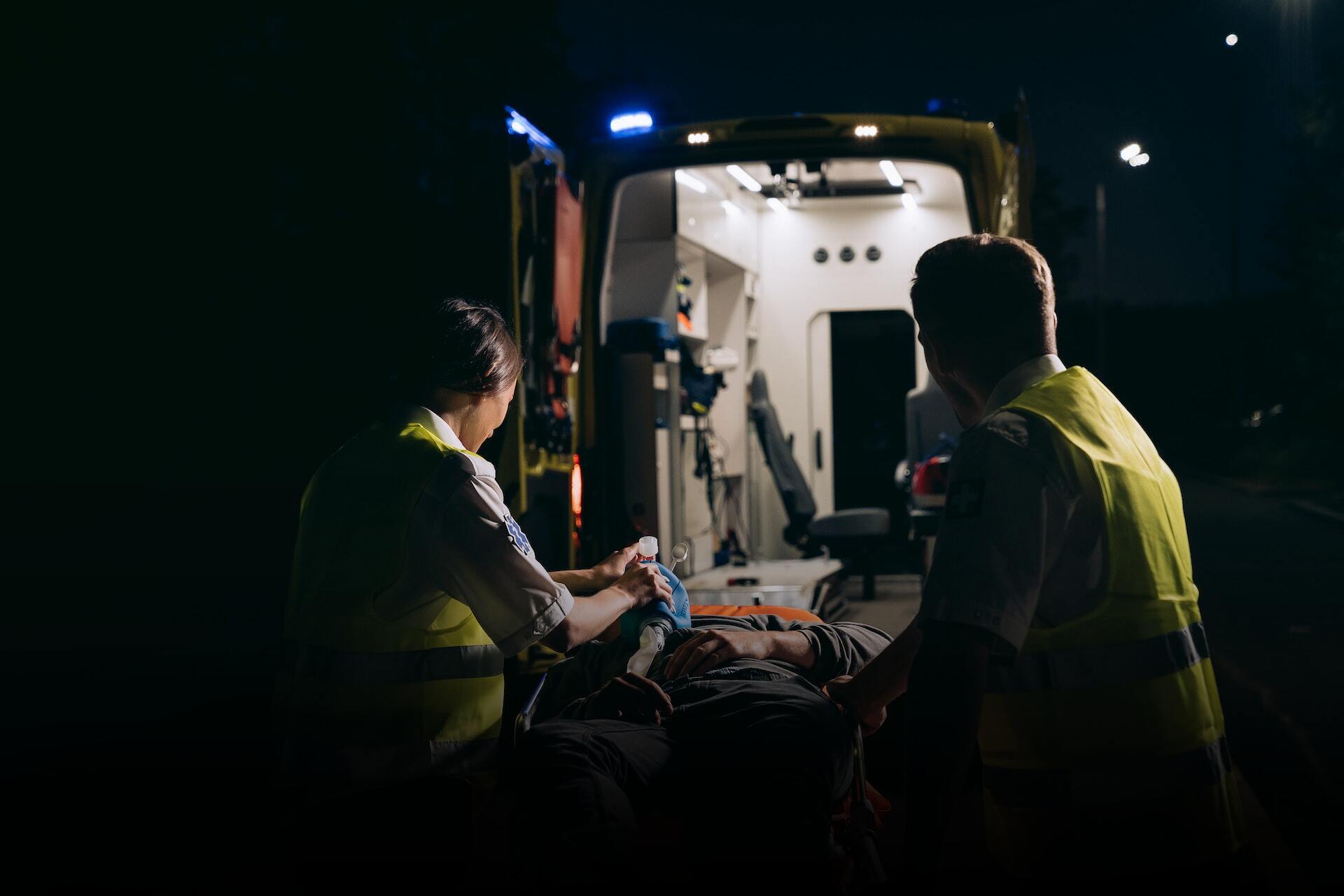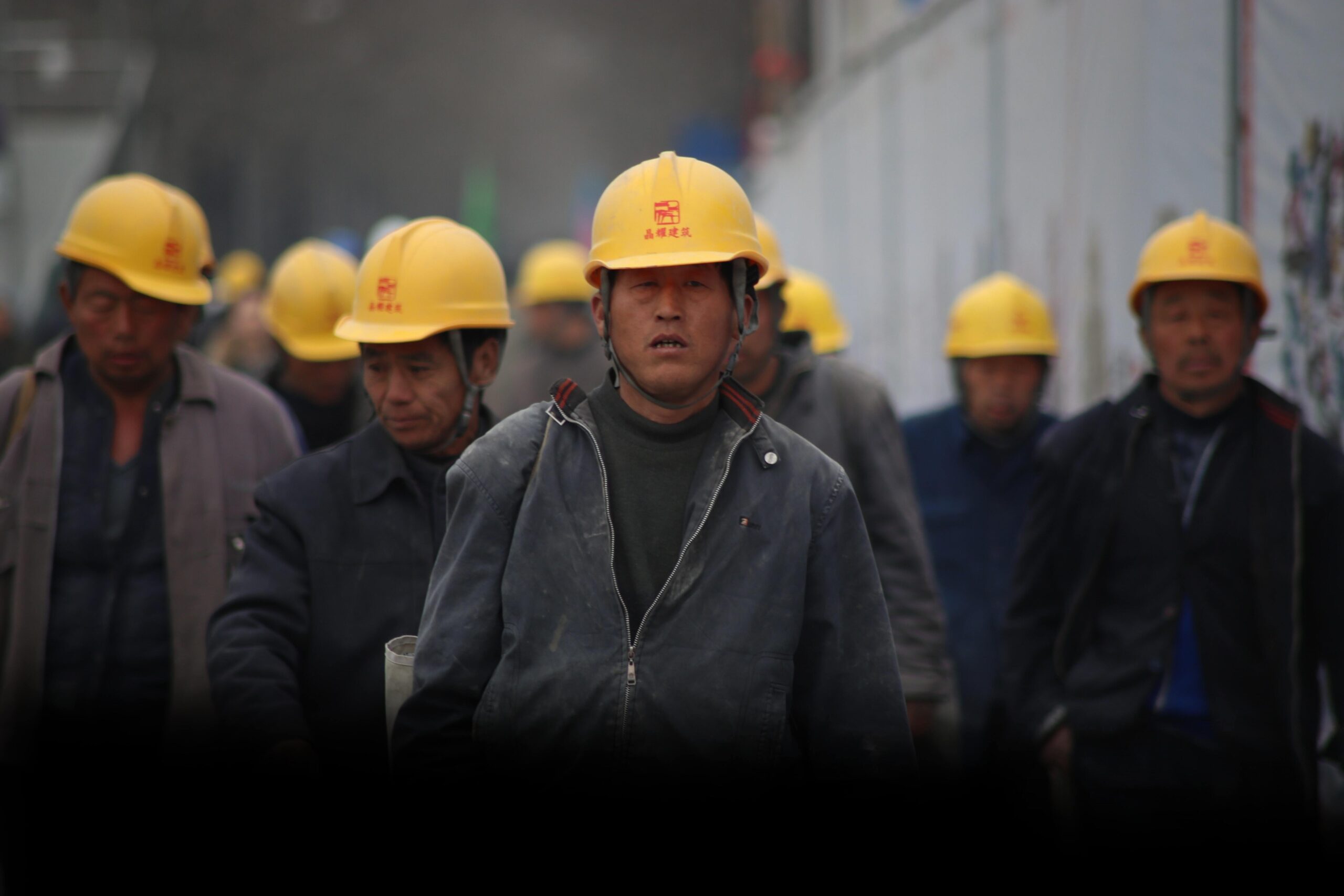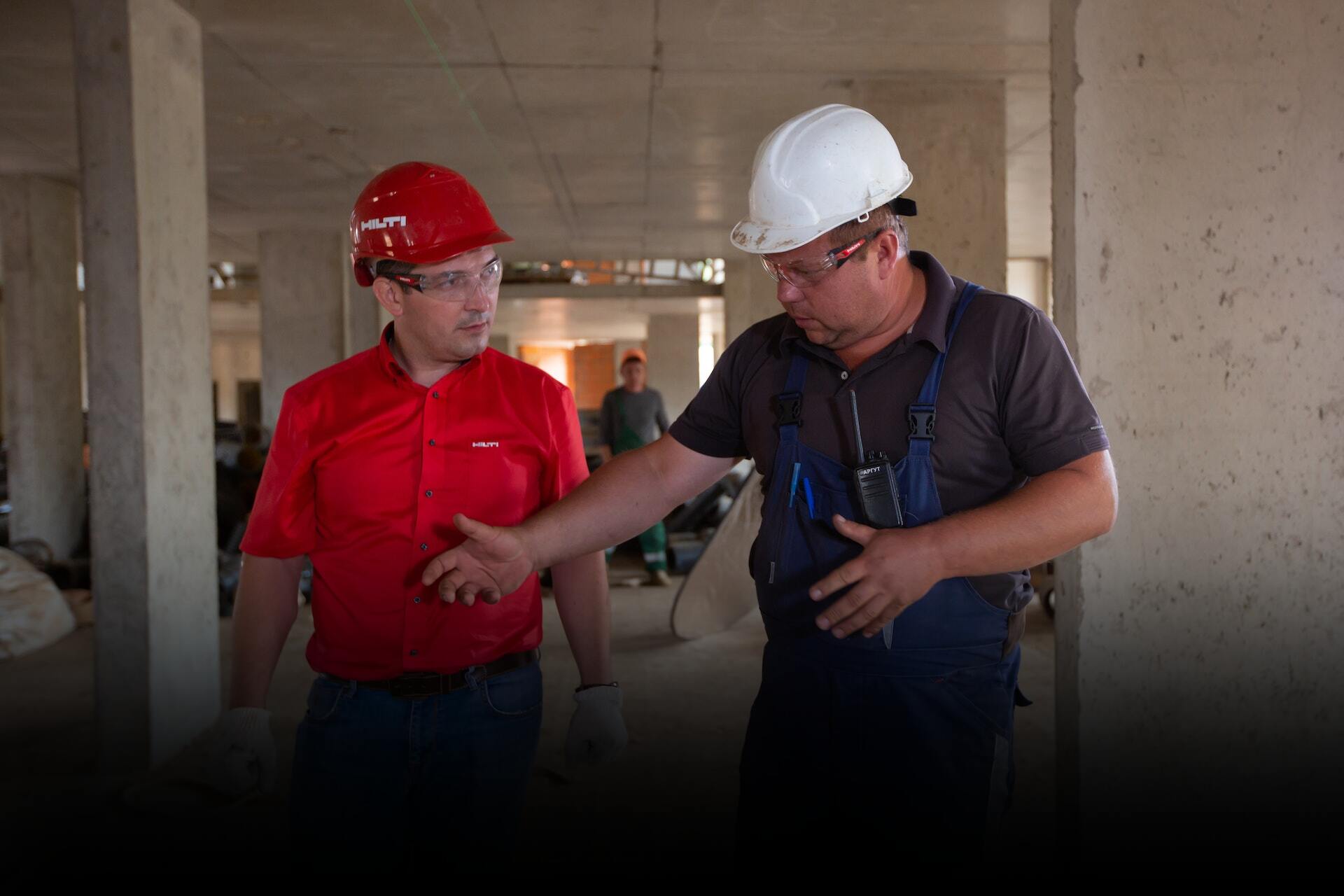
National and international agencies of Health and safety at work publish various types of information that can be useful when planning and implementing health and safety issues. For example, the ILO publishes Conventions and Recommendations that form the basis of international law. Other agencies publish codes of practice and guidance that provide clear guidelines, for example NFPA publish information and knowledge through fire codes and standards, research, training, education and outreach in order to eliminate death, injury, property and economic loss due to fire, electrical and related hazards.
Back to workplace
Previously article “6 Enemies Vs 6 Friends Critical for HSE Career success” covered all points to consider in First day. In second day, you are required to carry out the Risk Assessment in the workplace, There are five Steps to Create the Risk assessment in the workplace:
1- Identify the Hazard
2- Identify People who are exposed to Risk
3- Risk Evaluation by Using Risk evaluation Matrix
4- Record Findings
5- Review and update the Risk assessment.
This article guides key methods to significant hazards associated with the work which is the first step in the risk assessment process. Identifying “hazards” include physical hazards related to safety , and the health hazards that might cause disease or ill-health .
Is there a Standard for hazard identification? / How Can you identify hazards around you? just expertise or there are other ways?

1- Safety Inspection
Most common and the easiest method for hazard identification, it the a formal inspection can reveal the various hazards that are present and shall be considered in the risk assessment.
Advantages be existed when some hazards and their associated potential harm are obvious for example handling chemical substances may lead to exposure to chemicals vapors or spills resulting in external and internal burns.
Disadvantages appear where many other hazards are less obvious.
for example, instantly misplace boxes and equipment causing possibility of tripping hazards. Moreover, the non-routine operation such as maintenance operation loading and unloading changing production Cycles, that unfortunately mean may some hazards be discovered after accident occur.
Summary: the more inspection, the more hazards and risks are revealed.
2- Task analysis
A part of planning allows hazards to be highlighted before the process/activity starts, the analysis includes breaking or dividing the task/ activity into series of steps or smaller parts. By analyzing the job taking into account safety or Hazard. the results can be used to to improve :
- Job efficiency
- Procedures, instructions, , emergency procedures, serviceability
- Reporting of hazards
- Provision of information layout of work areas
3- Legislation
One of main reasons to manage health and safety in the workplace is to avoid legal actions and penalties. Legal standard will help you in hazard identification as information about hazards and risks can be obtained by studying legislative requirements.
For example: knowledge of the law relating to Control of Asbestos Regulations 2012 in UK will allow the HSE to identify hazards and risks of it easily, legislation is often accompanied by guidance document which can be very useful in the identification of hazards.
Do your work with pride, put safety in every stride.
– Safety Advisor
4- Manufacturers’ information
Designing or making products, even for use in the workplace, must meet minimum requirements for health and safety when first placed on the market or put into service. so machinery or equipment come with instruction book or catalogue which defines safety rules and information about hazards and risks
For example: material safety data sheet which include all information about hazards and chemicals used hazards and risks of the substance
5- incident Data
Accidents, near- miss, injuries in your workplace can be useful in hazard identification, by analysis you can find the rootcause of a specific accident
The main disadvantage of it is that hazard may be very significant but not have caused harm in workplace. global workplace accident, national workplace accident are very useful since they identify real hazards and risks based on much larger population size.






